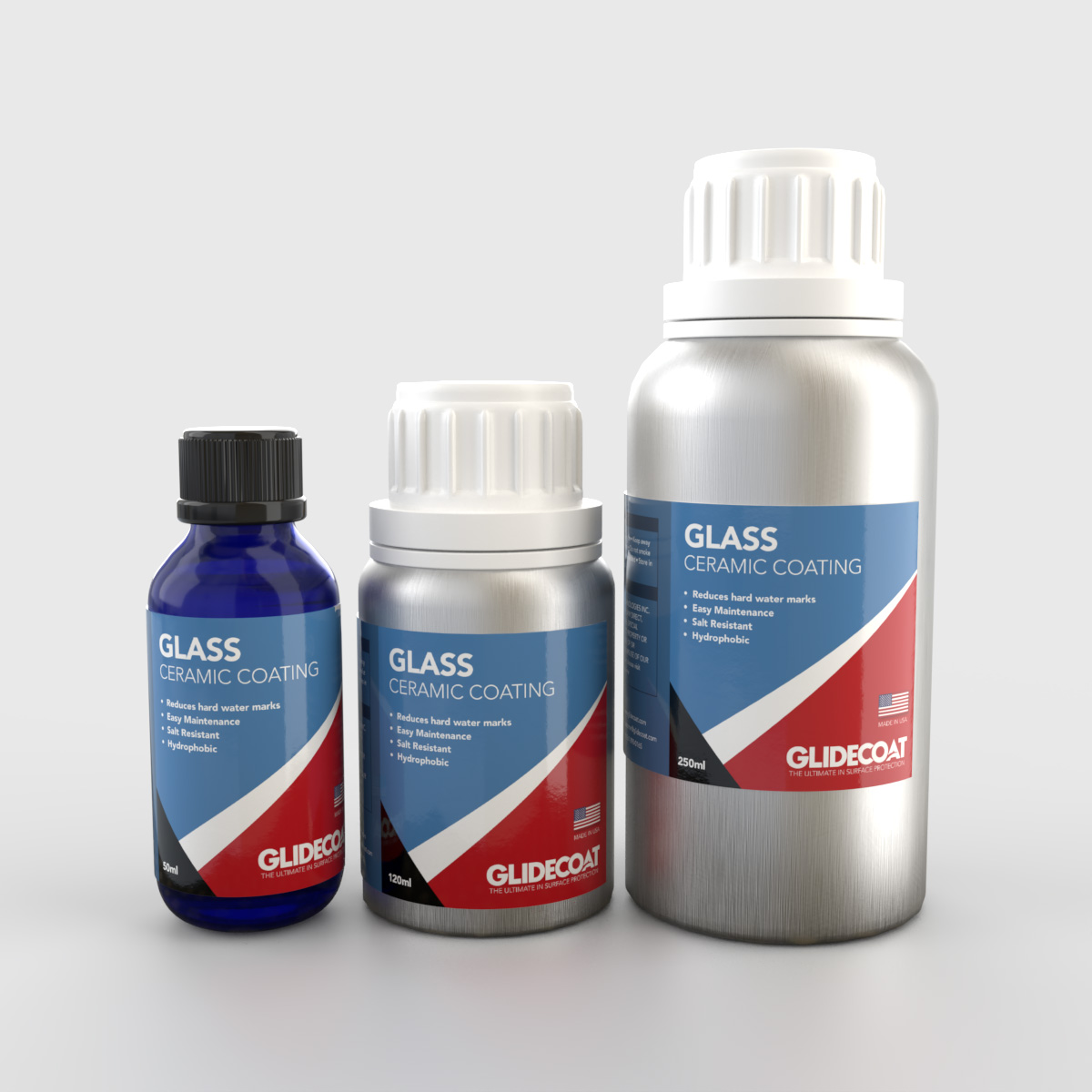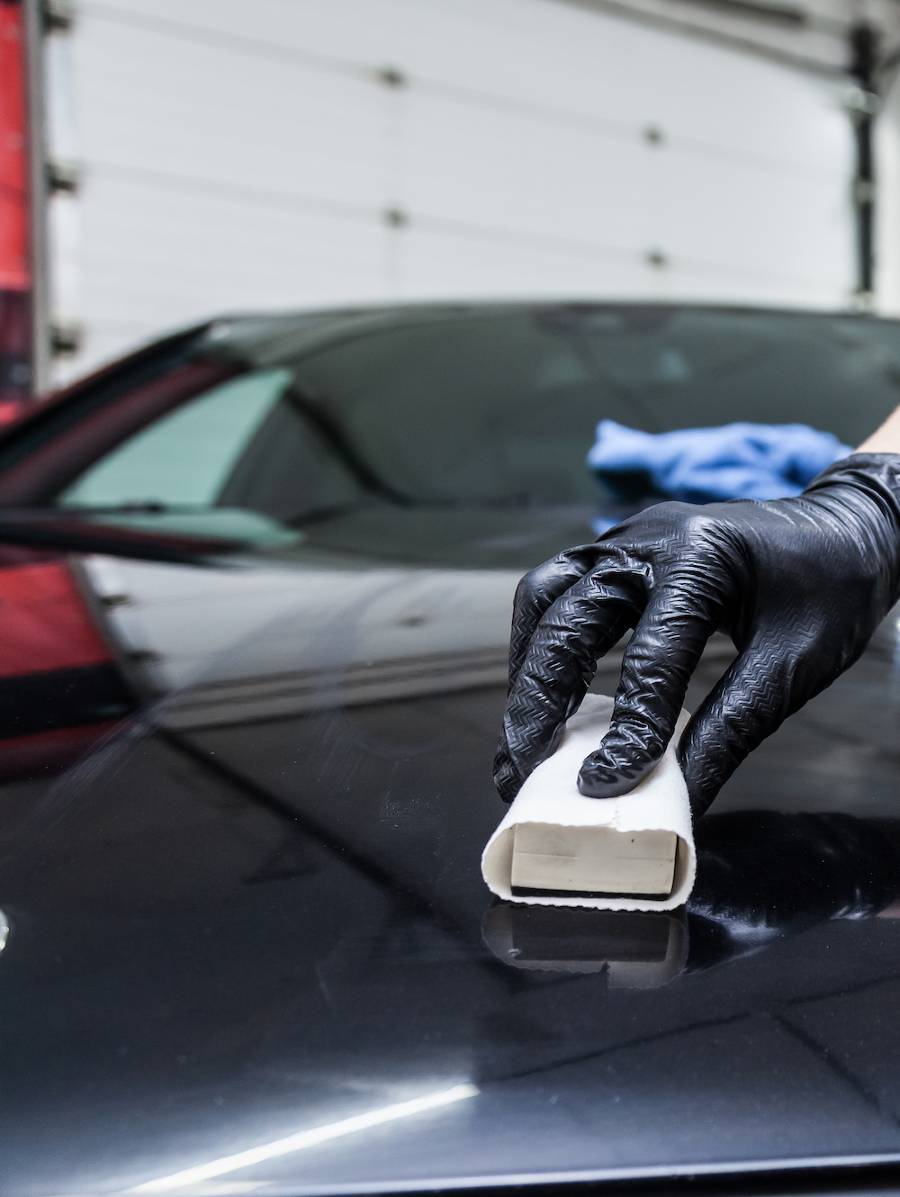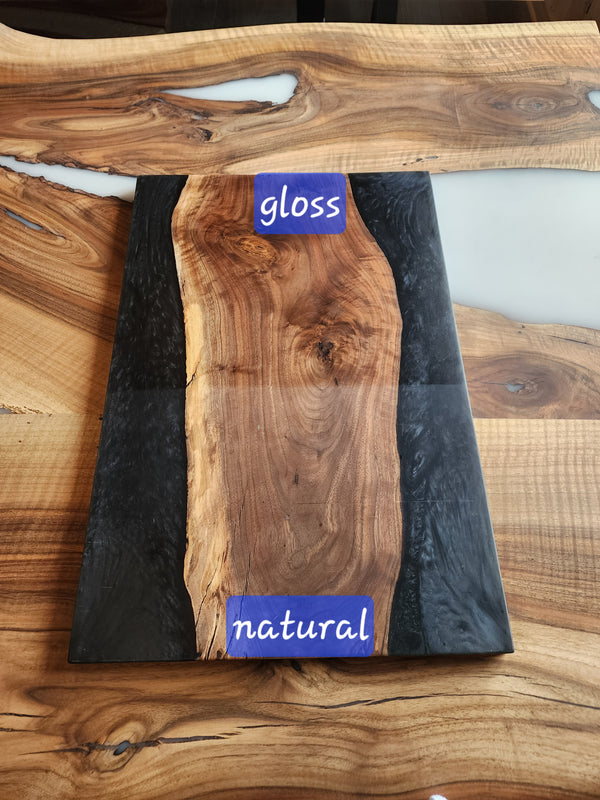How Ceramic Coating Philadelphia Guards Against UV Rays and Environmental Damage
How Ceramic Coating Philadelphia Guards Against UV Rays and Environmental Damage
Blog Article
Why Ceramic Finish Is the Ultimate Solution for a Remarkable End Up
Ceramic finishing has emerged as a leading option for those looking for a flawless surface for their cars, thanks to its exceptional resilience and protective features. This innovative fluid polymer not just bonds flawlessly with manufacturing facility paint yet additionally offers an awesome obstacle versus usual threats such as scratches, UV rays, and toxic wastes. Its hydrophobic homes streamline upkeep while improving visual charm. Comprehending how this modern technology contrasts to standard methods and exploring its application subtleties can expose also extra concerning its value. What elements absolutely established ceramic covering apart?
What Is Ceramic Covering?

When used correctly, ceramic layer creates a hydrophobic surface area that drives away water and dirt, making it easier to cleanse and maintain. Unlike standard waxes or sealers, which usually supply short-lived security, ceramic finishes can last for several years, depending upon the product quality and application method. The procedure of applying ceramic finish requires meticulous preparation, consisting of comprehensive cleaning and sometimes repaint modification, to make certain ideal bonding and performance.
Ceramic coatings are not limited to automobile surface areas; they can also be utilized on different products, including glass, metal, and plastics, offering a flexible solution for enhancing protection. In general, ceramic finishing stands for a substantial advancement in surface security technology, combining both useful and visual advantages for a large range of applications.
Advantages of Ceramic Covering
While lots of surface area security choices exist, the benefits of ceramic finish stand out due to its distinct properties and resilient performance. Among the key benefits is its phenomenal toughness. Ceramic Coating Philadelphia. Unlike traditional wax or sealers that need regular reapplication, ceramic finishings offer a resistant layer that can last for numerous years, dramatically reducing upkeep initiatives
One more notable benefit is boosted security versus ecological pollutants. Ceramic finishings create a hydrophobic surface area that pushes back water, dirt, and different pollutants, making it less complicated to cleanse. This feature not just protects the automobile's look but additionally lessens the threat of rust and oxidation, specifically in rough climate condition.
In addition, ceramic finishes provide exceptional resistance to UV rays, stopping fading and destruction of paint over time. This UV defense is crucial for maintaining the aesthetic value of surface areas and lorries exposed to route sunlight.
Additionally, the glossy coating attained with ceramic layer improves the overall visual appeal, offering surfaces a showroom-quality shine. On the whole, ceramic layers stand for a significant innovation in surface security innovation, supplying enduring advantages that accommodate both useful and aesthetic needs.
Exactly How It Functions
Understanding the science behind ceramic coatings reveals exactly how they offer such exceptional security and durability. At its core, a ceramic layer is a liquid polymer that chemically bonds with the vehicle's manufacturing facility paint.
The application process includes several steps, including surface area prep work, which is vital to achieving optimum adhesion. When applied, the covering undergoes a treating process, check my reference throughout which it sets and forms a semi-permanent bond with the paint surface area. This bond is what identifies ceramic layers from standard waxes and sealers, offering a longer-lasting protective barrier that can endure for many years.
Furthermore, the thickness of the finish can enhance its safety qualities, making certain that it can stand up to extreme problems. Eventually, the science of ceramic coatings incorporates innovative products with cutting-edge application methods to provide an unparalleled level of protection and aesthetic improvement for cars.
Contrast With Traditional Techniques
When compared to typical paint security techniques such as waxes and sealers,The benefits of ceramic finishings become specifically obvious. While waxes provide a short-term luster, typically lasting a couple of weeks to a pair of months, ceramic finishes provide a lasting protective layer that can withstand for a number of years. This toughness substantially minimizes the regularity of reapplication, making ceramic layers a more cost-effective option gradually.
Additionally, conventional approaches often require substantial preparation and several applications to attain a satisfactory level of defense. In contrast, ceramic finishings bond at a molecular degree with the car's surface, developing a robust shield versus ecological contaminants like UV rays, acid rain, and road salts. This bond enhances the car's resistance to scratches and swirl marks, which are prevalent with traditional waxes and sealers.
Additionally, the hydrophobic residential properties of ceramic finishings push back water and dirt, bring about easier cleansing and upkeep. In comparison, wax and sealant-treated surfaces can attract gunk, necessitating more constant cleaning - Ceramic Coating Philadelphia. Generally, ceramic finishes not only provide remarkable defense yet likewise provide a more enduring and visually enticing coating, developing them as the preferred option for critical automobile proprietors
Application and Upkeep Tips

Making use of a foam applicator, use the covering in tiny areas, adhering to the maker's standards concerning density and overlap. try this website Allow sufficient healing time between coats, generally 24 hours, to make sure correct bonding. After application, it is important to avoid exposure to water or rough components for a minimum of a week to enable the layer to completely heal.
For maintenance, clean the vehicle consistently with pH-balanced soaps and prevent rough materials. Touchless auto laundries are advised to minimize damaging. Furthermore, making use of a ceramic upkeep spray can boost the coating's hydrophobic residential properties and longevity. Routine inspections for any indications of wear will certainly help maintain the coating's honesty and maintain that beautiful coating.
Conclusion
In final thought, ceramic layer emerges as a premium option for attaining a perfect vehicle finish. By creating a durable bond with manufacturing facility paint, ceramic finish effectively guards against scratches, UV rays, and environmental impurities.

Report this page